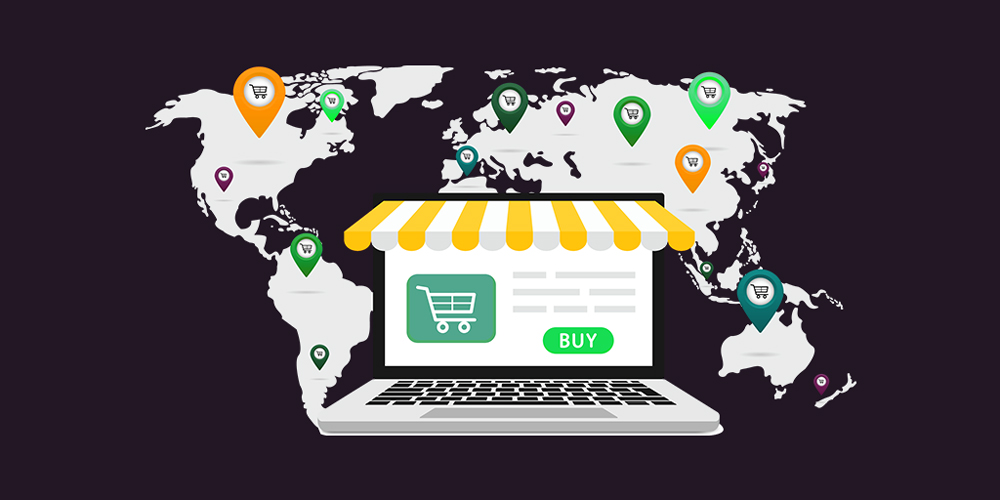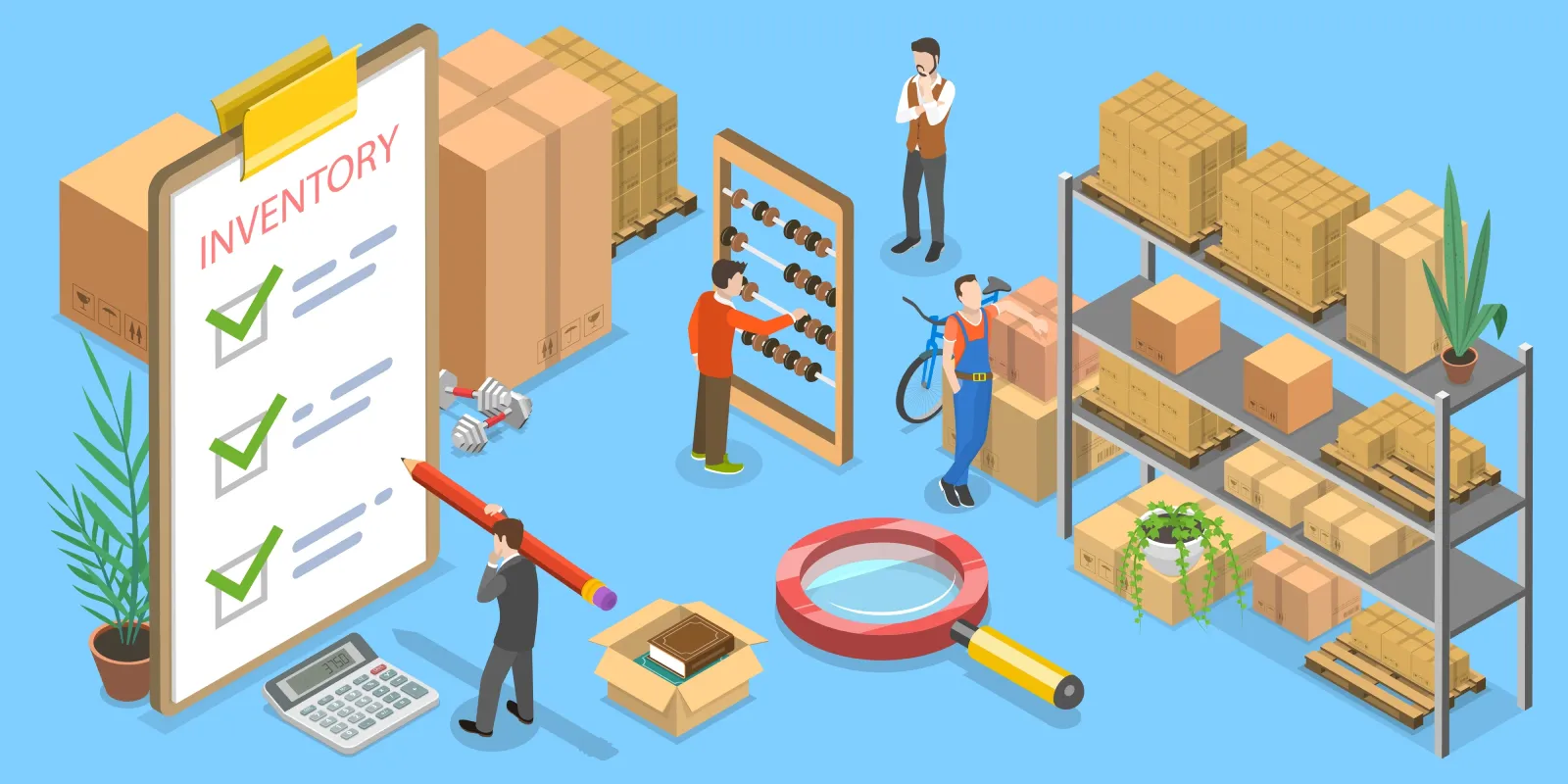Reducing Shipping Delays in Cross-Border Ecommerce Logistics
Verringern Versandverzögerungen in cross-border ecommerce logistics is one of the biggest challenges for online sellers today. As customers expect faster delivery times, even small delays can lead to frustration, refund requests, and negative reviews. Smooth international logistics requires coordination between carriers, customs authorities, and fulfillment centers. To meet those expectations, ecommerce brands must optimize every part of the process—from inventory management to final-mile delivery.
Unter PostalParcel, our mission is to simplify global shipping for businesses by improving delivery efficiency and communication. This article explores key causes of international shipping delays and practical strategies to minimize them in 2025 and beyond.

1. Understanding Shipping Delays in Cross-Border Ecommerce Logistics
1.1 Why Grenzüberschreitender Versand Is Complex
International logistics involves multiple steps: export clearance, transit between hubs, customs processing, and local delivery. Each step introduces risk and variability. Unlike domestic deliveries, international parcels must cross borders with strict documentation and security checks.
Typical delay points include:
- Customs inspection and clearance
- Mismatched shipping documentation
- Transit congestion or limited flight capacity
- Incorrect address formatting
- Local courier inefficiencies
Even when sellers ship quickly, external factors like customs rules or carrier backlogs can disrupt timelines.
1.2 The Cost of Delay for Ecommerce Businesses
Every day of delay can hurt customer satisfaction and brand reputation. Buyers often expect cross-border orders to arrive within a specific timeframe (7–14 days). When this expectation is not met, they open disputes or contact customer support repeatedly.
Consequences of frequent delays:
- Geringere Wiederholungskaufrate
- Higher refund and return requests
- Negative customer reviews
- Increased “Where is my order?” (WISMO) inquiries
By understanding these issues, ecommerce brands can take proactive steps to reduce their frequency.
2. Common Causes of Cross-Border Shipping Delays
2.1 Poor Documentation
One of the most common reasons for customs delays is incomplete or inaccurate paperwork. Missing item descriptions, incorrect HS codes, or unclear declared values can cause customs officials to hold packages for manual review.
Lösung:
- Always use automated customs forms integrated with platforms like PostalParcel.
- Double-check product categories and values before submission.
2.2 Customs and Regulatory Inspections
Every country enforces different import laws. Some products, such as electronics, liquids, or lithium batteries, require special permits. When these rules are overlooked, shipments get held for additional screening.
Lösung:
- Partner with logistics providers who stay updated with each country’s import rules.
- Clearly label restricted or sensitive goods.
2.3 Inaccurate Address Information
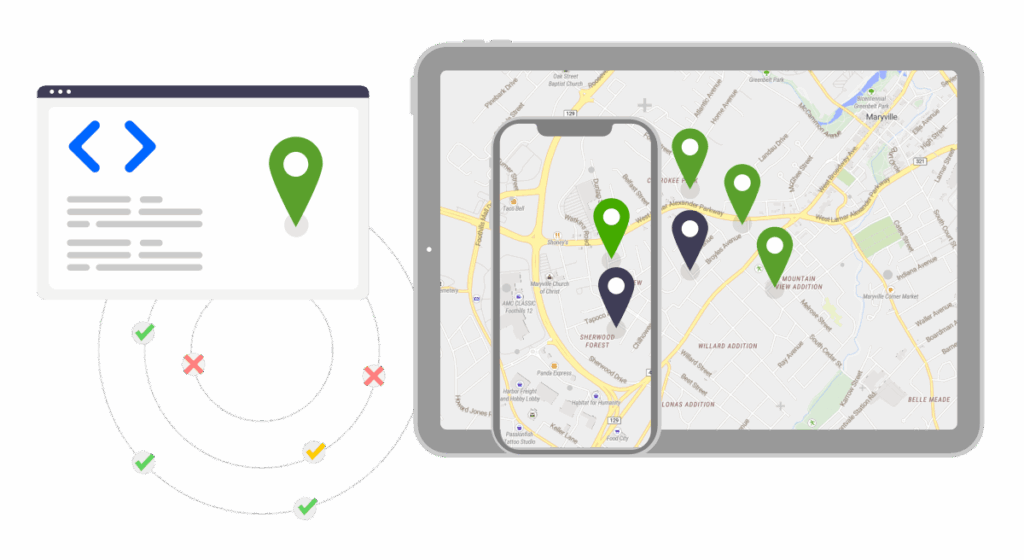
An incorrectly formatted or incomplete address can lead to delivery failure or rerouting. This issue is common when shipping to countries with unique postal codes or non-English addresses.
Lösung:
- Validate addresses automatically at checkout.
- Encourage customers to provide phone numbers for local delivery confirmation.
2.4 Carrier Network Disruptions
Limited cargo space, weather conditions, or political events can all disrupt carrier schedules. During peak seasons like Christmas or Lunar New Year, courier backlogs can double delivery times.
Lösung:
- Offer multiple carrier options.
- Use predictive delivery analytics to estimate realistic arrival times.
2.5 Warehouse and Fulfillment Errors
Delays sometimes happen before the parcel even leaves the warehouse. Slow order processing, stockouts, or labeling errors can add days to the timeline.
Lösung:
- Use automated Erfüllung systems that sync with your ecommerce platform.
- Keep accurate real-time inventory data to prevent overselling.
3. Strategies to Reduce Cross-Border Shipping Delays
3.1 Optimize Warehouse Location and Inventory
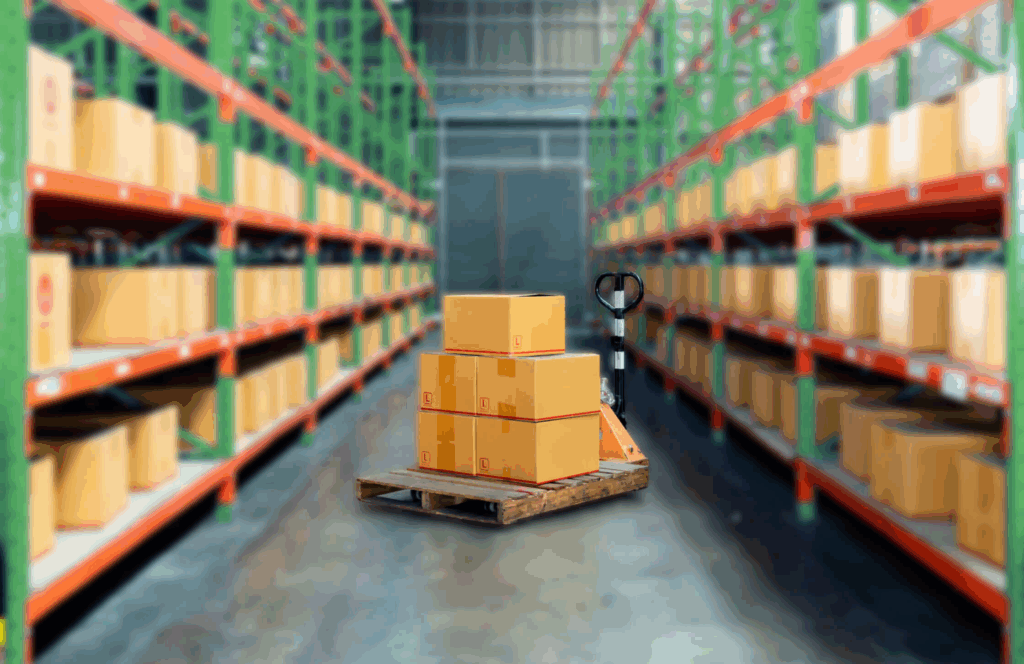
Locating inventory closer to international customers shortens delivery time and reduces customs risk. Many businesses now use regional fulfillment centers oder Drittanbieter-Logistik (3PL) warehouses.
Best practices:
- Store high-demand items in regional hubs.
- Use data analytics to forecast which countries need faster restocks.
- Leverage cross-docking to skip long-term storage.
3.2 Use Advanced Tracking and Transparency
Providing real-time tracking helps both customers and businesses manage expectations. When buyers can see where their package is, they worry less about delays.
PostalParcel’s tracking tools allow sellers to monitor every shipment, identify bottlenecks, and notify customers automatically. Transparency builds trust even when delays occur.
3.3 Automate Customs Documentation
Manual paperwork often leads to errors. Automation ensures that export declarations, invoices, and product descriptions match exactly what customs requires.
Advantages of automated documentation:
- Schnellere Zollabfertigung
- Fewer manual interventions
- Reduced chances of package retention
PostalParcel integrates automated customs tools into its logistics system, ensuring every parcel complies with destination rules.
3.4 Offer Multiple Shipping Options
Customers value choice. Offering express, economy, and tracked delivery methods lets them balance cost and speed. If one carrier experiences disruption, another can take over seamlessly.
Tipp:
Diversify your carrier network through multi-carrier integration. PostalParcel connects to more than 1,000 global carriers, allowing flexibility and redundancy.
3.5 Improve Communication Between Carriers and Customers

When customers receive proactive updates about potential delays, their frustration drops dramatically. A transparent communication strategy prevents unnecessary support inquiries.
Effective practices include:
- Automated SMS or email alerts
- Estimated delivery time adjustments
- Clear “delay explanation” messages on tracking pages
PostalParcel provides automated messaging templates that businesses can customize, ensuring consistent communication throughout the shipping journey.
4. The Importance of Collaboration in Cross-Border Shipping
4.1 Working With Reliable Logistics Partners
The choice of logistics partner determines delivery success. Unreliable carriers can damage customer trust even if the seller provides excellent products.
Select partners that:
- Offer multi-country coverage
- Provide real-time tracking integration
- Have proven Zollabfertigung success rates
PostalParcel partners with top-tier couriers worldwide, ensuring consistent delivery performance across continents.
4.2 Synchronizing With Customs Brokers
For countries with strict import policies, collaborating with customs brokers speeds up clearance. Brokers understand local regulations and can pre-submit required documents, saving days of waiting.
Die Vorteile umfassen:
- Fewer inspection holds
- Accurate duty and tax calculation
- Faster release after arrival
4.3 Strengthening Internal Coordination
Departments must communicate efficiently—especially between sales, warehouse, and logistics teams. Miscommunication about order readiness or labeling can cause delays even before shipment leaves the country.
Implementing a centralized logistics management system, such as the one PostalParcel provides, ensures everyone has access to real-time order updates.
5. The Impact of Technology on Reducing Delays
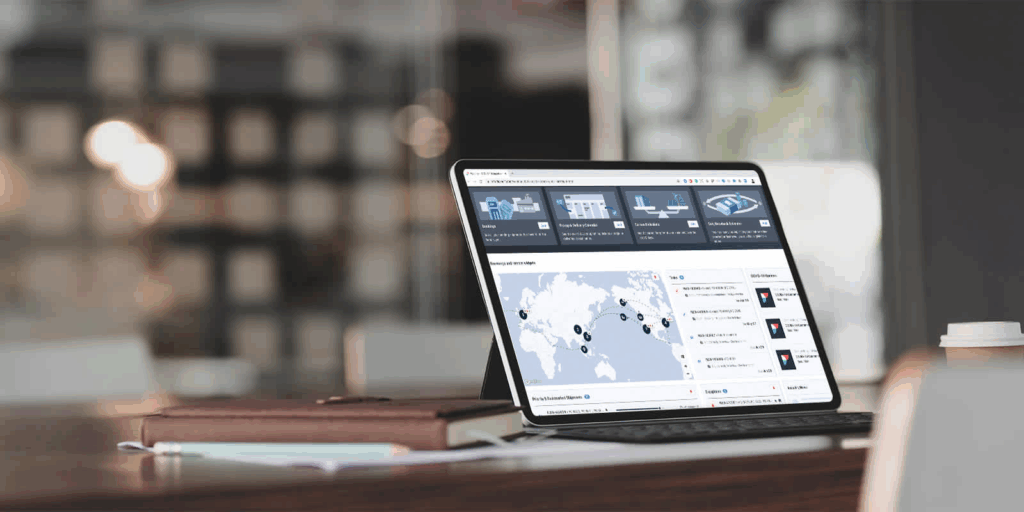
5.1 AI-Powered Delivery Predictions
Artificial intelligence can analyze millions of delivery routes to forecast potential slowdowns. Predictive logistics enables sellers to notify customers earlier or reroute packages before problems occur.
5.2 IoT and Smart Parcel Monitoring
Internet of Things (IoT) sensors allow Echtzeit-Verfolgung of temperature, humidity, and location. For high-value or sensitive items, this technology prevents spoilage or theft while providing live visibility.
5.3 Automated Issue Detection
Machine learning algorithms detect unusual transit patterns—such as a package stuck at the same hub for over 72 hours—and trigger alerts to logistics teams for quick intervention.
PostalParcel is adopting these smart logistics tools to help ecommerce sellers eliminate repetitive bottlenecks.
6. Enhancing the Customer Experience
6.1 Setting Realistic Expectations
Promising unrealistic delivery dates creates disappointment. It’s better to give a transparent range (e.g., 10–15 days) and overdeliver than to risk broken promises.
6.2 Post-Purchase Engagement
Engage customers even after checkout. Tracking emails, estimated delivery windows, and proactive updates show professionalism.
6.3 Clear Return and Support Policies
Customers forgive delays more easily if they know help is available. Easy return options, local contact information, and responsive email support reduce frustration.
PostalParcel’s branded tracking pages include helpdesk links and return instructions, turning potential problems into trust-building moments.
7. Sustainable and Efficient Shipping Practices
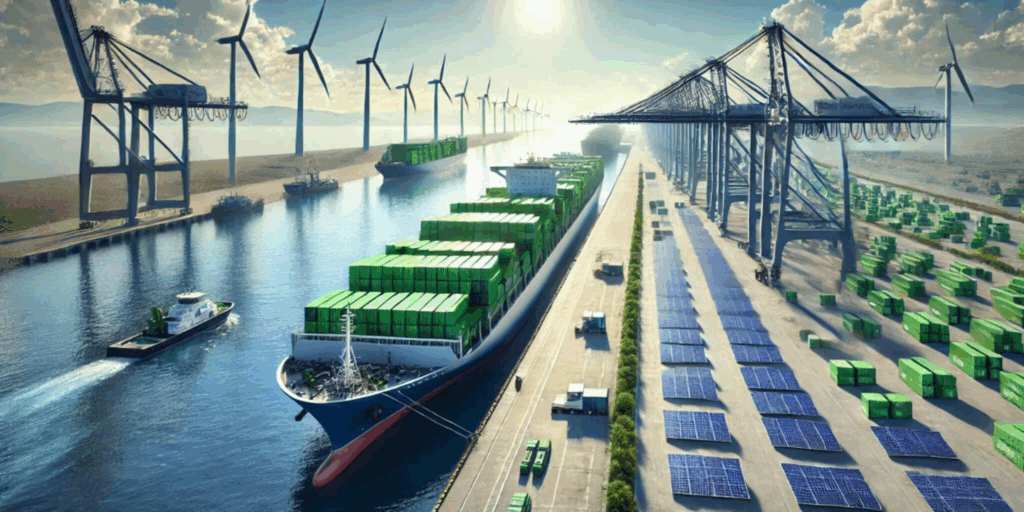
7.1 Combining Speed With Sustainability
Eco-friendly shipping doesn’t have to be slow. By optimizing route planning and using carbon-efficient carriers, brands can balance speed with environmental responsibility.
7.2 Consolidated Shipments
Combining multiple small orders into one larger parcel saves both time and cost. It also reduces the chance of lost packages and customs confusion.
7.3 Localized Fulfillment for Lower Emissions
Setting up micro-fulfillment centers near major markets shortens routes, reduces carbon footprints, and eliminates common cross-border bottlenecks.
Schlussfolgerung
Reducing shipping delays in cross-border ecommerce logistics requires a mix of technology, transparency, and coordination. When businesses automate customs processes, use real-time tracking, and work with reliable partners, they not only deliver faster but also gain customer trust.
Mit PostalParcel’s integrated logistics and tracking system, e-commerce sellers can overcome international shipping challenges and build a smoother, faster, and more reliable global delivery network—one parcel at a time.
Einblicke in die Industrie
Nachrichten über den Posteingang
Nulla turp dis cursus. Integer liberos euismod pretium faucibua


